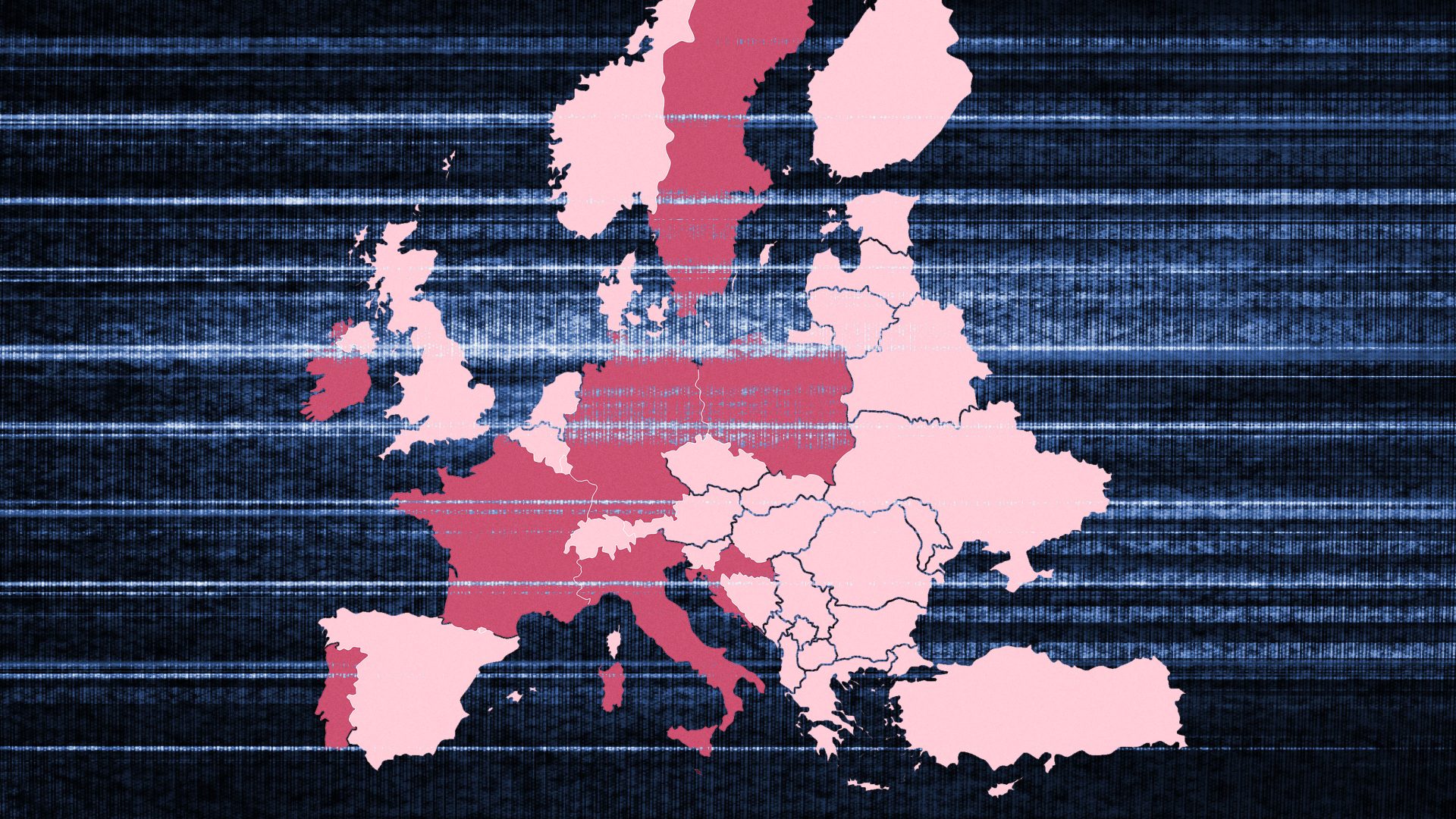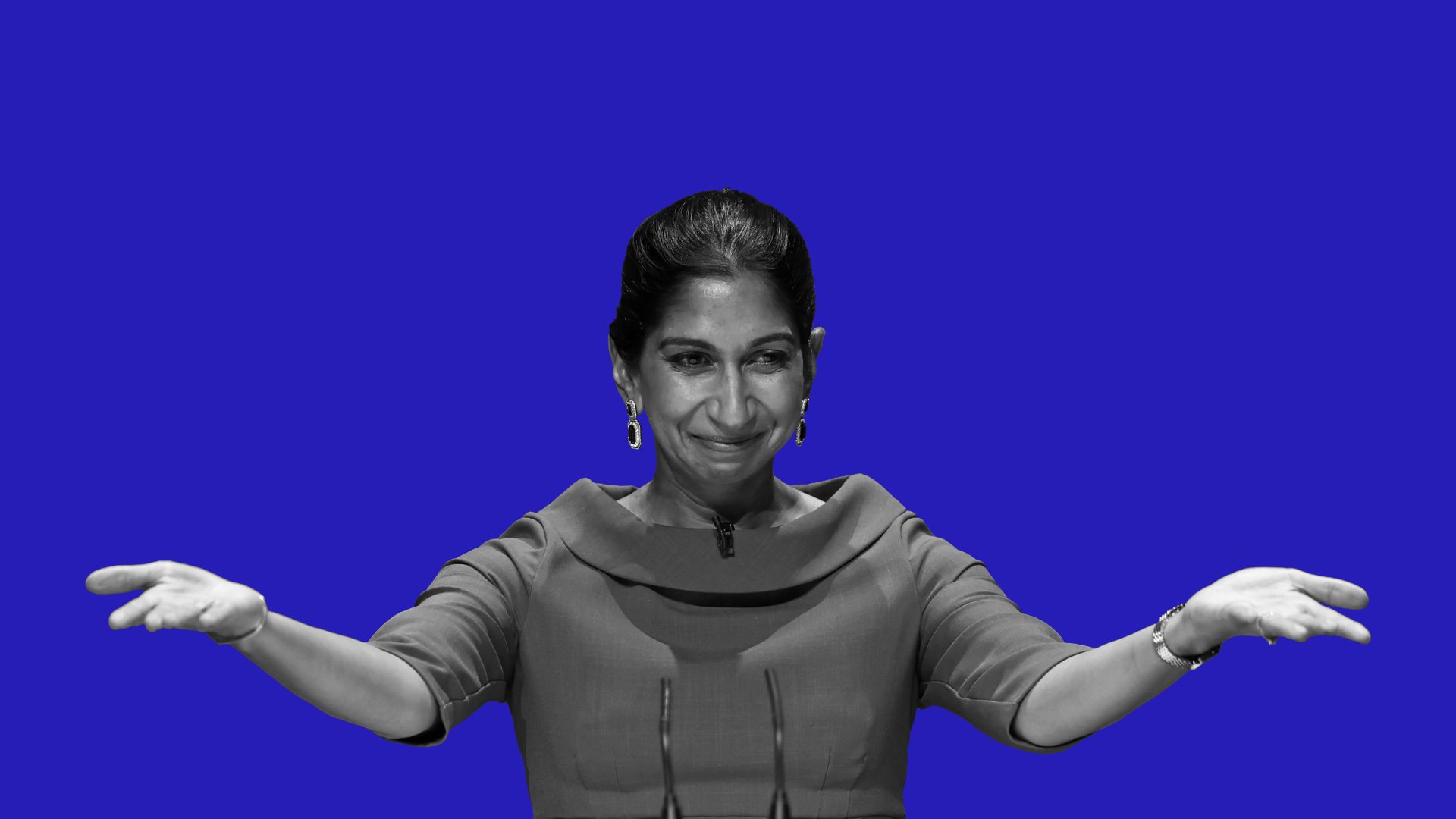ITALY: 88%
While Britain debates a long-running football programme, the Italians – the joint-biggest consumers of TV in the EU, with 88% of people watching every or almost every day – get ready for another edition of La Domenica Sportiva (Sunday Sport), which has been focusing on the Serie A football league since 1953. Italy’s most popular soap is Un posto al sole (A Place in the Sun), which since October 1996 has been telling the story of the Palazzo Palladini villa overlooking the bay of Naples; once owned by the noble Palladini family before they were usurped by the villainous Roberto Ferri, who became the show’s hero after suffering amnesia. Few Italian shows have made it to the UK, although readers of a certain vintage may remember Inspector Montalbano.
PORTUGAL: 88%
Portugal is another of the joint-biggest TV consumers, at 88%, although its most-watched shows ever reflect the country’s passion for football – you have to go down to 14th to find something that isn’t a match. That show was the final episode of A Próxima Vítima, a murder-strewn Brazilian telenovela whodunnit in which the killer dispatched their victims in manners relating to the Chinese zodiac. The country’s longest-running programme is Telejornal, the hour-long 8pm news. Running since 1959, its name has become shorthand for TV news more generally.
CROATIA: 85%
Pretty much everyone in Croatia, where 85% of people watch TV every or almost every day, will recognise the theme music of Plodovi Zemlje (Fruits of the Earth), an agricultural show that has run since 1958. It is particularly popular in rural areas where it is said – possibly apocryphally – that in some villages, Sunday masses are cut short to allow churchgoers to get home in time to watch it. Croatia’s highest-rated show on IMDb is Crazy, Confused, Normal, a sitcom in which three generations of the Fazlinović family live in the same flat and, it says here, “often find themselves in wild and hilarious situations”.
POLAND: 84%
The most popular TV show in Poland, where 84% of the population watches daily or almost every day, is M Jak Miłość (L for Love), a soap opera revolving around the multiple generations of the Mostowiak family. Like many British soaps, it began (in 2000) as a weekly series, before its popularity saw it changed to twice and sometimes three times a week. The country’s all-time most-watched broadcast, with almost 90% of the population tuning in, was the funeral of Pope John Paul II in April 2005. But the Poles are not always so godly – the sitcom Świat Według Kiepskich (The World According to the Kiepskis), described as a mix of Bread, Shameless and Only Fools and Horses, ran for 23 years until last November.
IRELAND: 81%
A list of most-watched shows in Ireland in the 21st century, published in January 2015, showed The Late Late Toy Show, the Christmas edition of a hugely popular chat show, held the top six spots, with the 2014 edition drawing 1,593,000 viewers: more than one-third of the country’s population. In a nation where 81% watch every or nearly every day, there was also room on the list for The Virgin Mammy, a festive edition of Mrs Brown’s Boys in which Agnes rewrites the Nativity as Men Are Bastards and her magnetic bracelet gets magnetically attached to Father Damien’s belt buckle.
FRANCE: 73%
With 73% watching every or almost every day, France is close to the EU average. Unusually, news coverage beats sport in its all-time most-watched broadcasts – five of the top 10 were presidential responses to national crises, with the top three all broadcasts by Emmanuel Macron relating to the Covid crisis (with 96.1% of the nation tuning in on March 16 2020). The longest-running programme, on screens since 1949, is Le Jour du Seigneur, which broadcasts Catholic mass and services, although its viewing figures are declining in line with wider religious observance in the country. There’s also Des chiffres et des lettres (The Numbers and the Letters), the inspiration for Channel 4’s Countdown. It first appeared in 1965 (although it took until 1972 for them to put the numbers in).
GERMANY: 70%
70% of Germans say they watch TV every or almost every day, and since 1959 many have been watching Sandmännchen (Little Sandman), an old-fashioned-looking stop-motion children’s programme that is the longest-running animated series in history. There were two versions produced, one in West and one in East Germany, with the latter being particularly beloved – its fans still lament its appropriation by corporate West German television. Soap opera Gute Zeiten, Schlechte Zeiten (Good Times, Bad Times) has been running since 1992, and was created by Reg Watson, whose credits include Crossroads, Neighbours and Prisoner: Cell Block H.
SWEDEN: 60%
Sweden has one of the EU’s smallest percentage consumption of TV, at 60% (the EU average is 77%), but the nation grinds to a halt for Melodifestivalen, the annual song contest that decides the nation’s representative at Eurovision. Staged almost every year since 1959, up to half the country tunes in to hear a competition traditionally dominated by schlager – a German word literally meaning “hit”, but memorably described by Christine Demsteader of The Local as “typically characterised by an annoyingly repetitive melody and trivial lyrics of little or no meaning”. The detective series Martin Beck first appeared on Swedish screens in 1967 and cropped up again from 1993-94. Now played by Peter Haber, he has been a fixture since 1997.



